Affiliate links on Android Authority may earn us a commission. Learn more.
Opinion: Mobile payment apps need more than NFC for global success
Published onJune 13, 2018
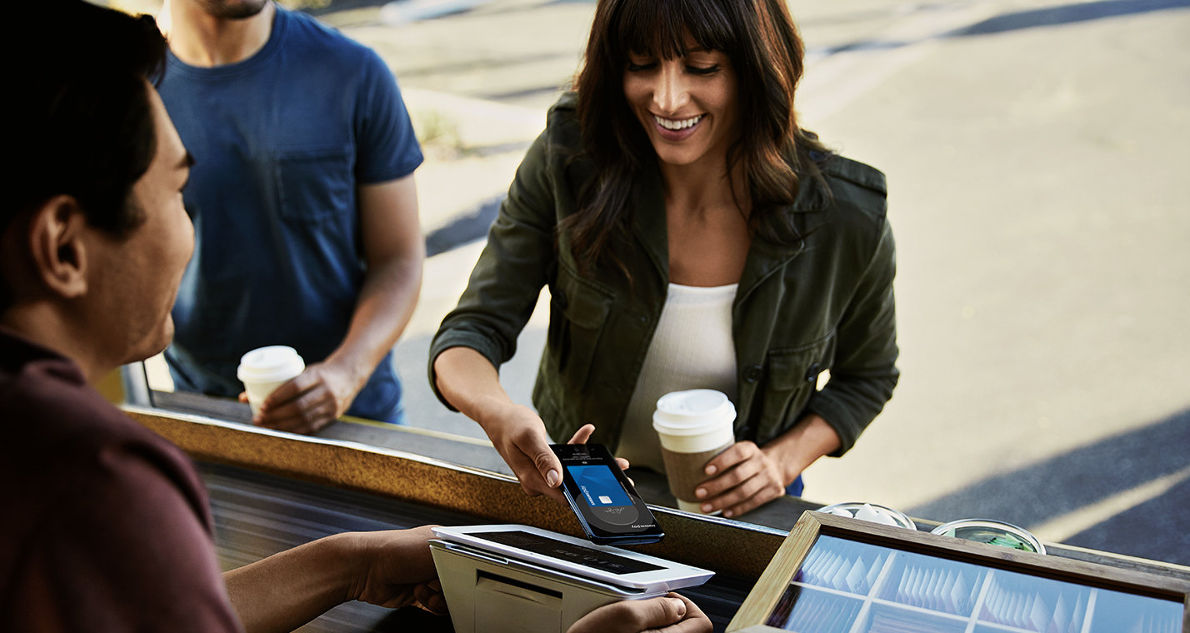
Between Apple Pay, Google Pay and other insert-company-name-here-plus-Pay solutions, it seems like many mobile payment apps are copy-paste efforts.
It’s not just the naming convention that gets copied, as the actual payments process is similar across the board. When it comes to point of sale payments in particular, they all harness NFC technology, allowing you to use biometrics to tap and go.
It’s not hard to see why the wireless communication chip has become the foundation for mobile payment apps. It’s a more intuitive payment process than swiping your card and entering your PIN.
NFC or bust
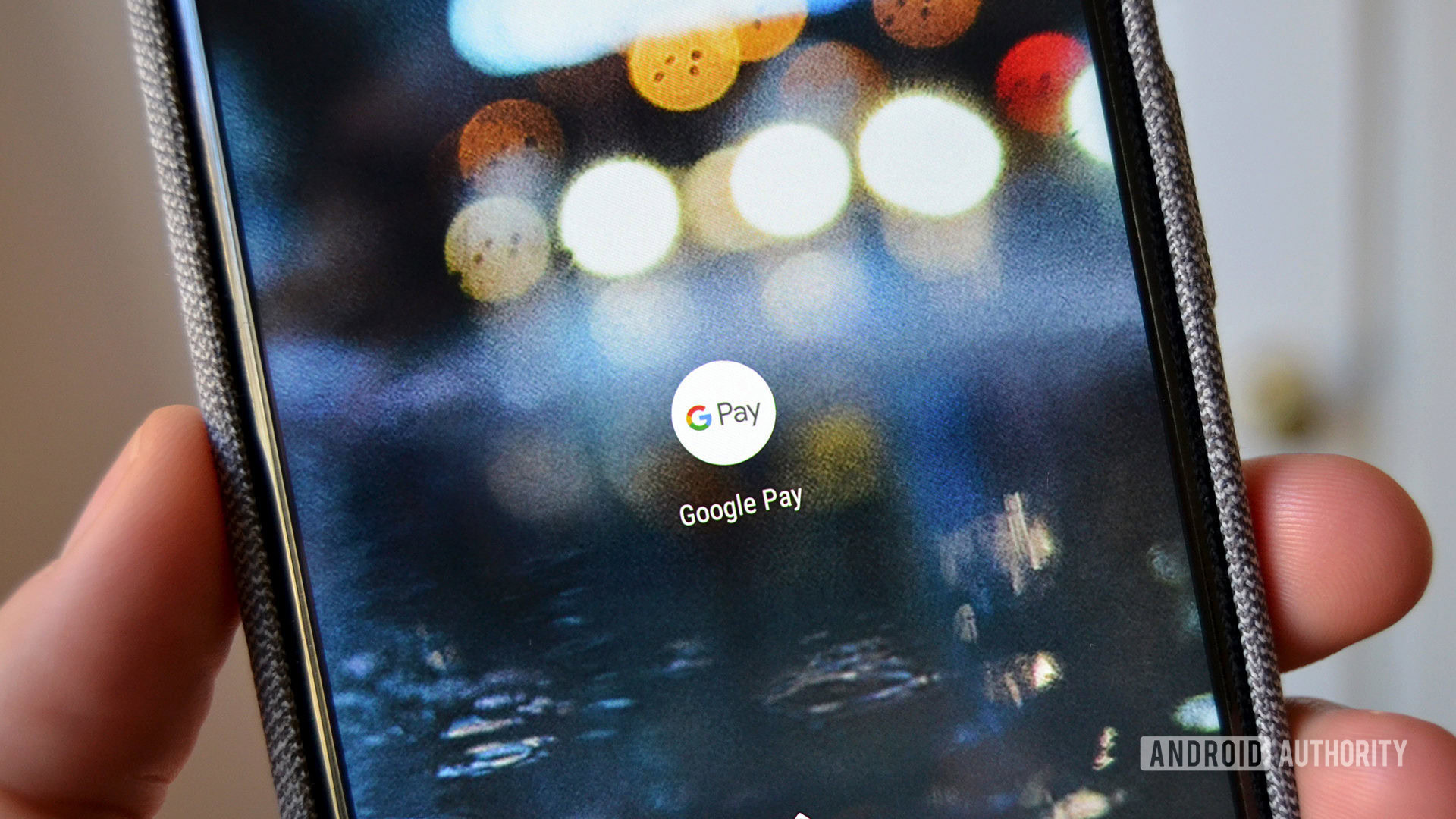
There’s necessarily nothing wrong with NFC at all, but if the major mobile solutions don’t offer more payment options, they simply risk losing emerging markets (and associated marketshare).
Just look at China, India, Kenya, South Africa and a ton of other countries for proof. Many of the top payment solutions in each of these markets don’t use NFC chips at all.
We’re starting to see NFC technology in ever cheaper smartphones — even the $175 Nokia 3 has one. However, the vast majority of sub-$200 phones don’t have NFC — all they need is a camera.
QR codes rule the roost
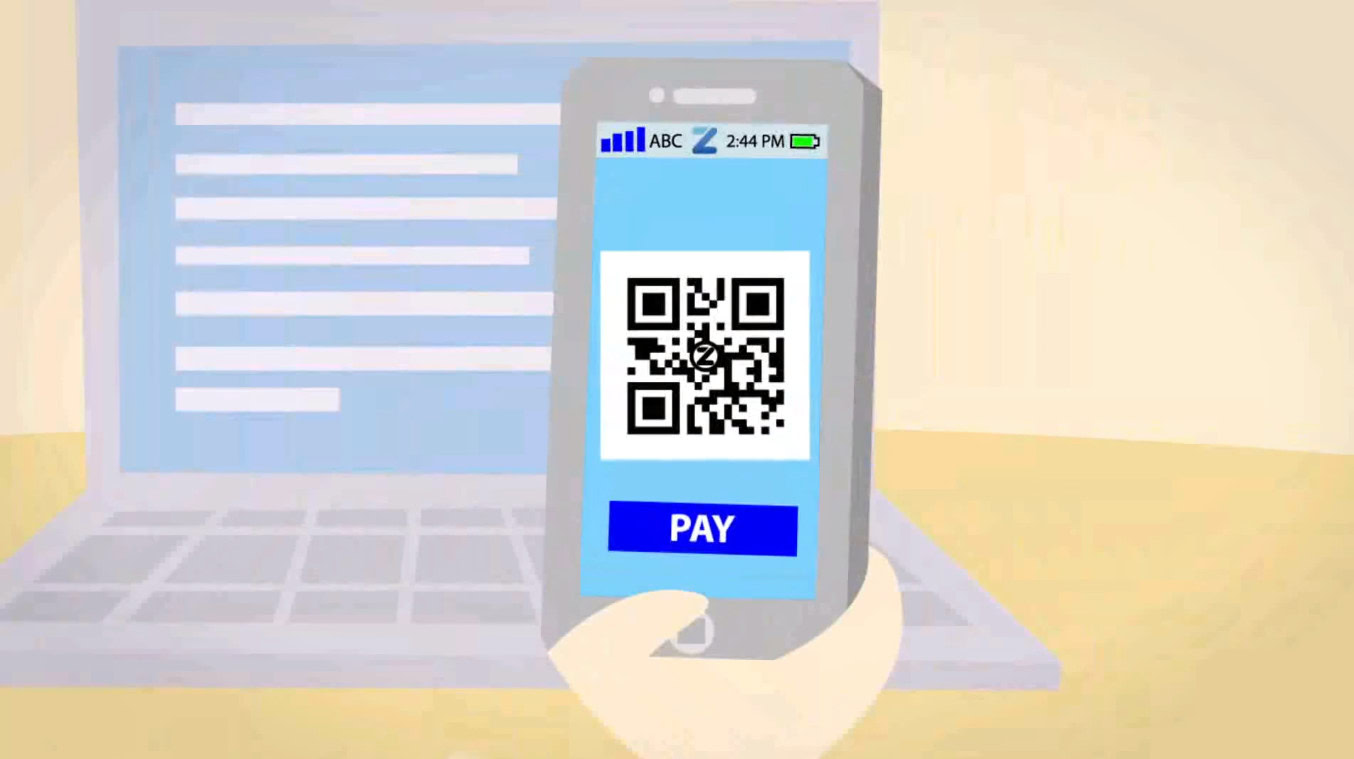
Say what you will about QR codes, but they’ve seen widespread, global usage in the mobile payment industry. I wouldn’t be surprised if the sheer number of QR-based payments outweighs NFC payments.
The advantages are plain. You simply need a smartphone camera and a decent internet connection to conduct a payment. A QR code-based solution means even a $60 Android smartphone is capable of running mobile payment apps.
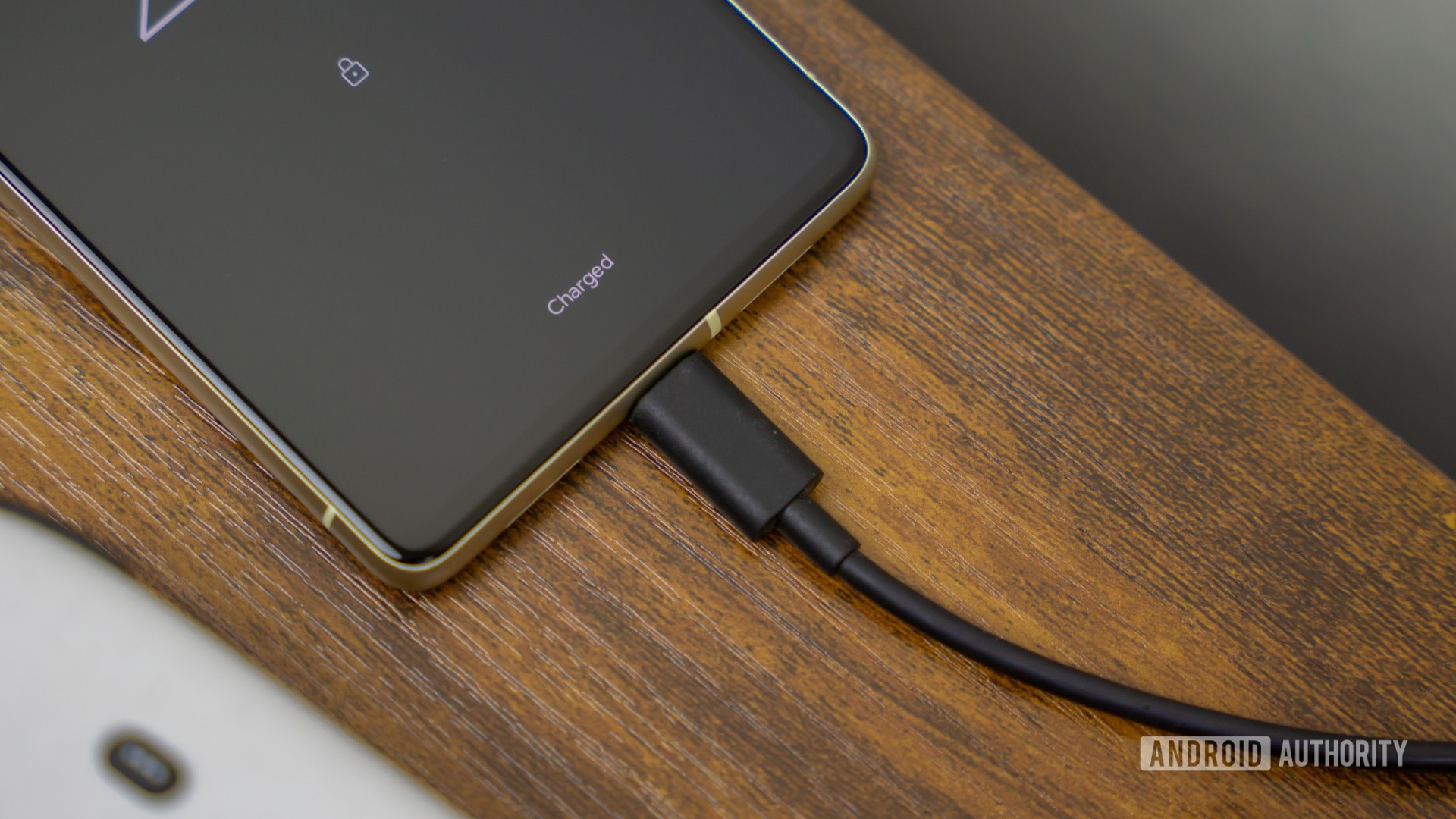
The result is an explosion in QR code-enabled payment apps such as AliPay and WeChat in China, and Snapscan and Zapper in South Africa. More recently, WhatsApp has adopted QR codes as one payment option in India.
Then there’s Sweden’s wildly popular Swish payments app, launched back in 2012. The app has since gained QR code functionality too, so users can pay by scanning a code at cash registers.
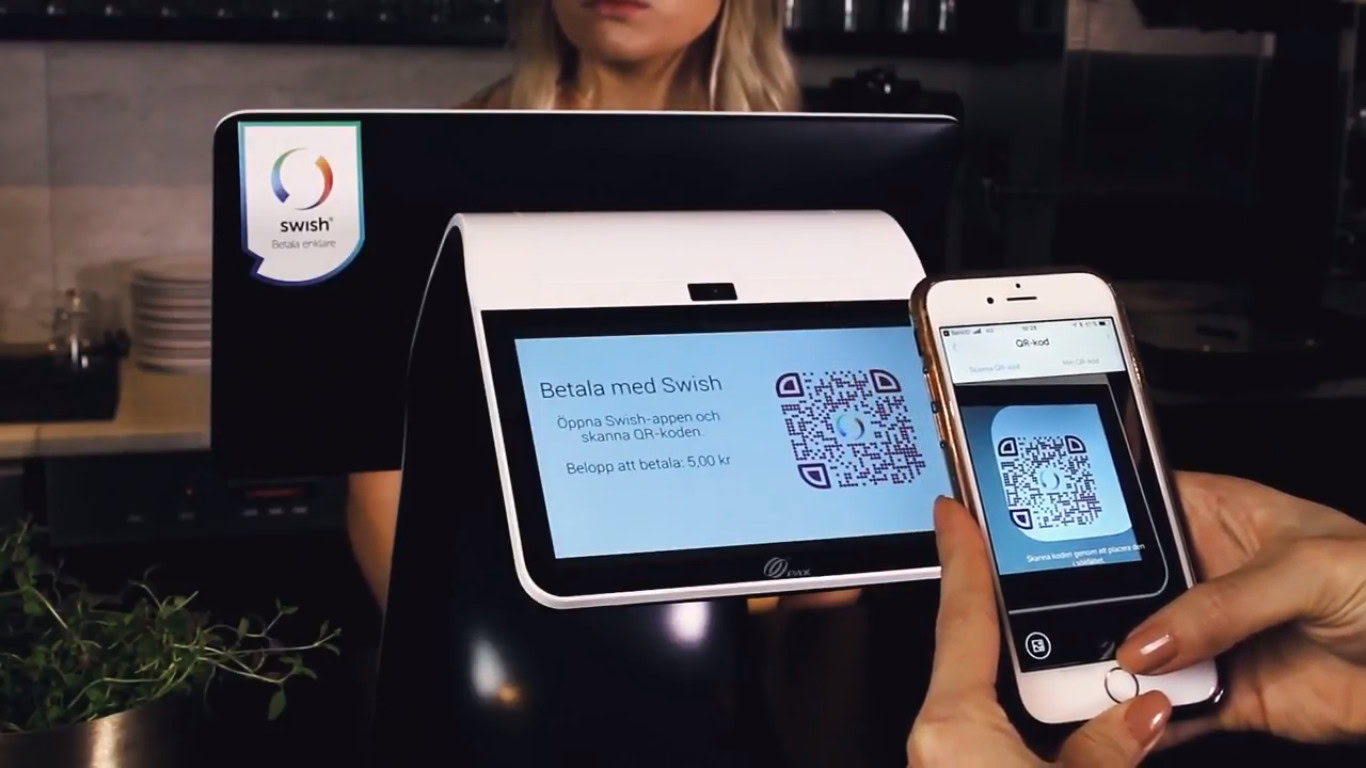
Sure, QR codes aren’t as seamless as NFC-based solutions, but they’re a relatively simple, cost-effective alternative for emerging markets and budget smartphone owners.
The QR code technology is improving too, as India leads the way for solutions like the BharatQR platform. The platform essentially seeks to unify the various payment gateways and services, providing one interface for the disparate services.
Some QR-powered payment apps specifically support text message notifications — another important feature for emerging markets. In the absence of common high-speed internet, smartphones, and point of sale terminals, text messages serve as a key layer of assurance allowing cash-strapped informal business owners to accept QR code-based payments with a feature phone. Simply wait for the text alert (or check the customer’s payment screen) and that’s all the confirmation you need.
Mobile payments via USSD and text
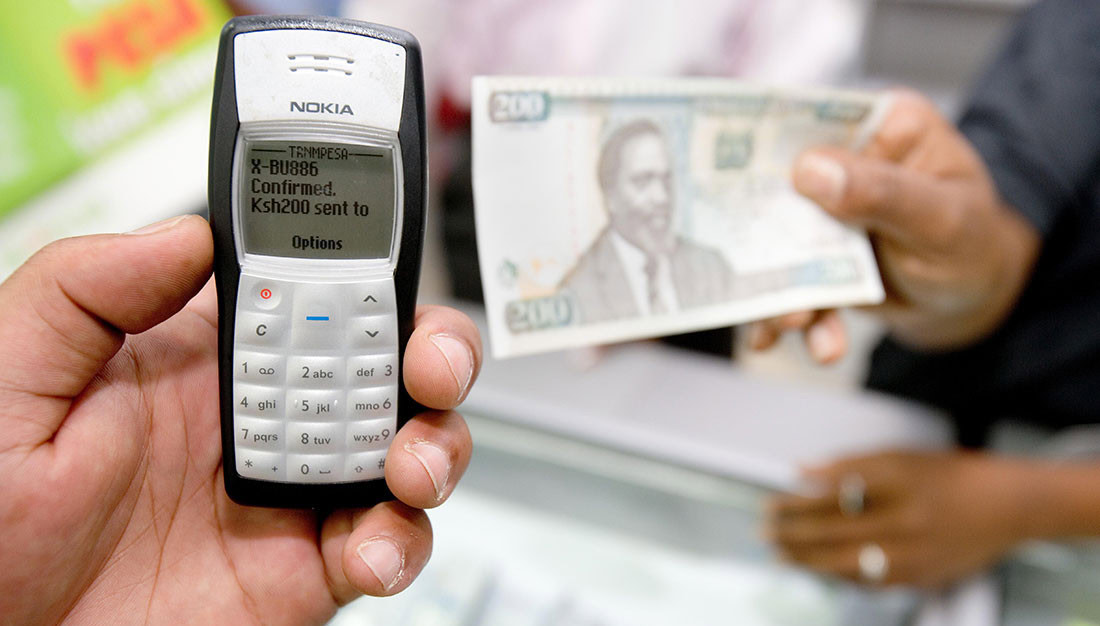
USSD codes work as a further conduit for innovative mobile payments. East Africans and Kenyans were among the first to adopt phone-based payment solutions en masse, thanks to M-Pesa.
Launched in 2007, the mobile money service lets people send and receive payments via their mobile accounts. The platform uses USSD dialing codes and text messages instead of an app or something similarly complex.
It was borne out of necessity, as many in Africa don’t have bank accounts. Using a system that works with prepaid mobile accounts makes more sense, as loads of people have one or more SIM cards.
U.S. catching up with alternatives?
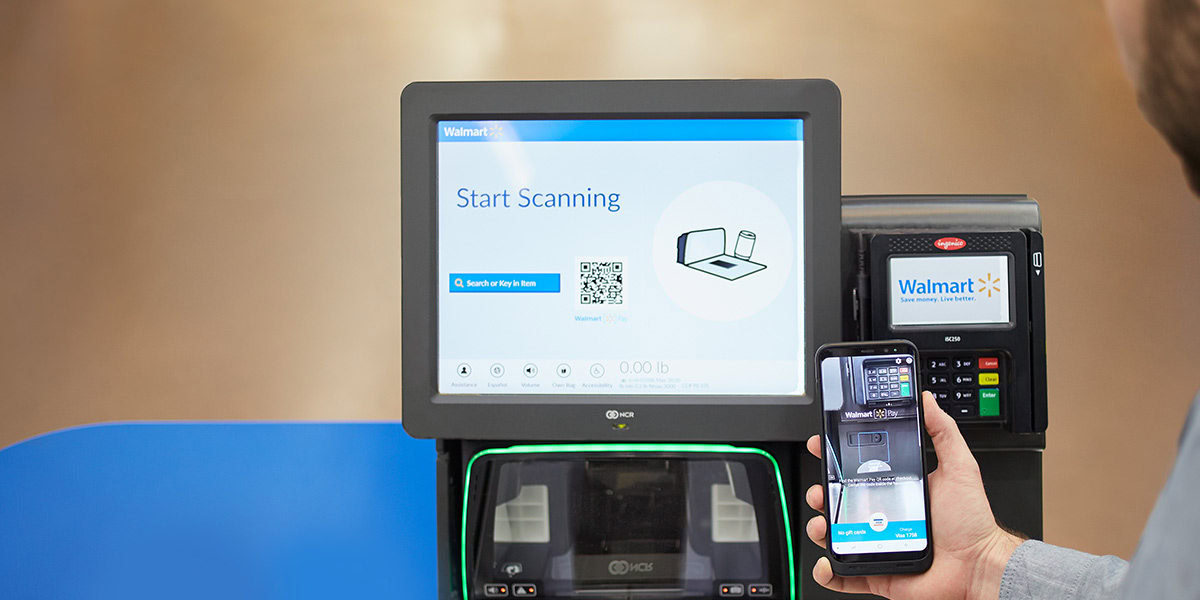
Fortunately, the West has a few NFC alternatives up its sleeves. Introduced in December 2015, Walmart Pay has quickly spread out across the U.S., making use of good old QR codes to facilitate the payment process. You simply need to log into the app, enter your PIN, and scan the QR code at the point of sale to complete your payment.
The speed of adoption has been surprising too, as a Bloomberg report from November 2017 noted. It found that Walmart Pay was on course to speed past Apple Pay’s adoption rate.
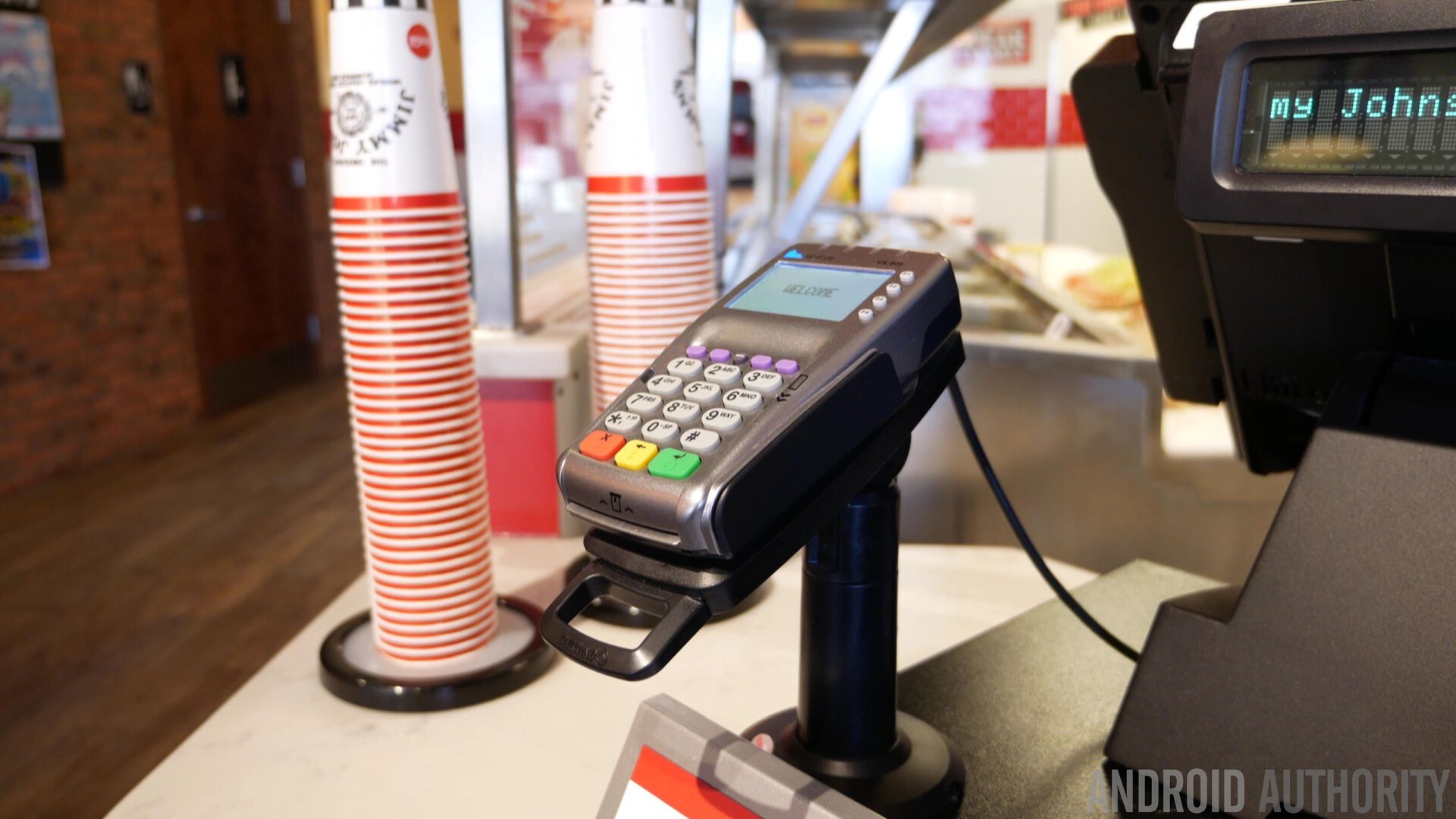
A large part of this success is due to Walmart Pay’s Android support (in addition to iOS), as opposed to solely NFC-based, platform-specific payment apps like Samsung Pay and Apple Pay. Everything from high-end iPhone and Galaxy flagships to entry-level no-name devices can take advantage of it. Walmart is also a massive retail chain with at least one store in virtually every American town, which doesn’t hurt either.
Other mobile payment platforms are wising up to non-NFC methods, too. Starbucks Pay has been making waves recently. The company’s payment app (on Android and iOS) generates a barcode to be scanned at the point of sale. Simple stuff. No wonder it’s cited as the most popular mobile payment platform in the U.S. by eMarketer.
Where to next for NFC-based apps?
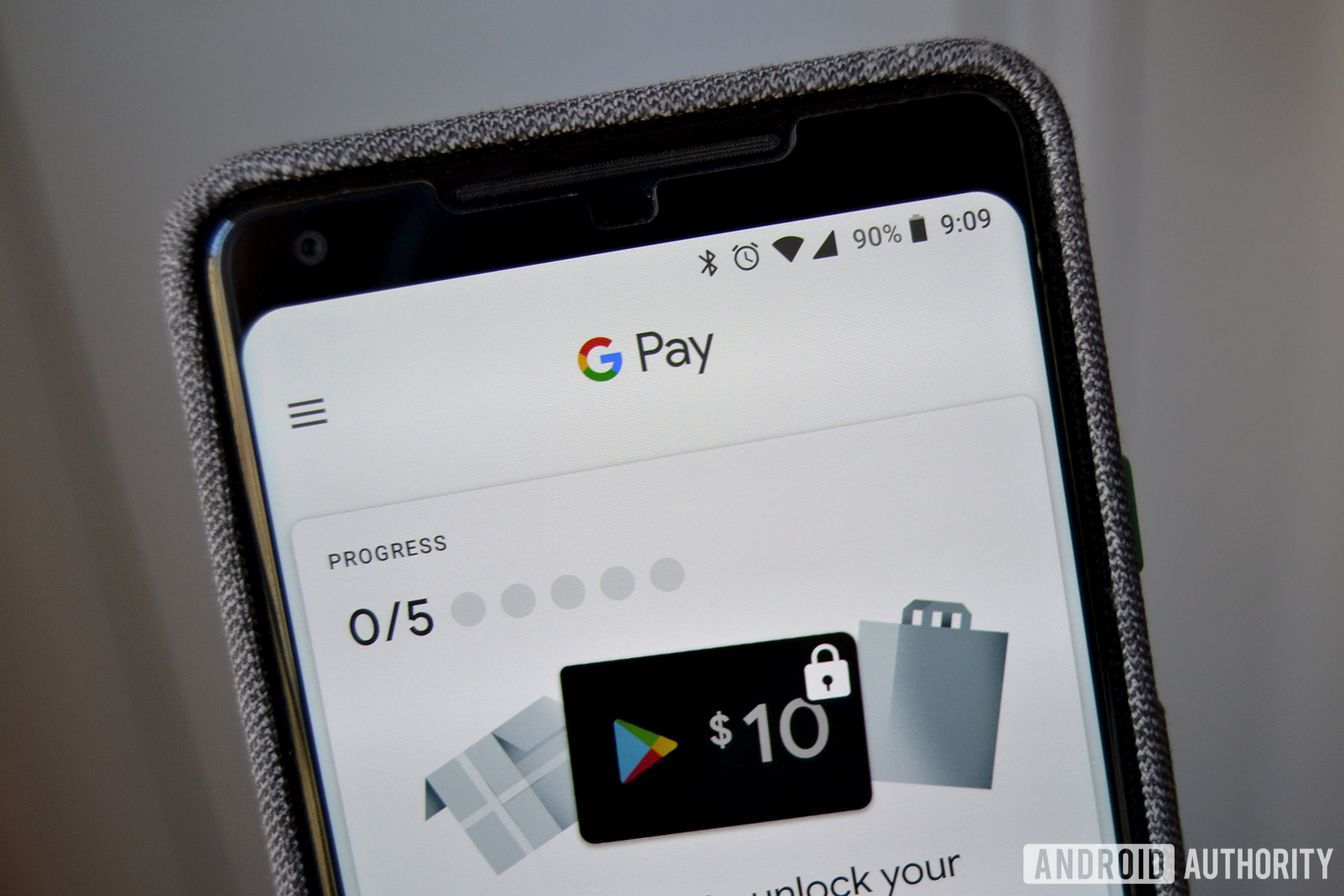
The trickle-down effect of smartphone features from premium to budget is certainly inevitable for most features. It’s anyone’s guess if NFC chips will become as ubiquitous as the simple smartphone camera.
Apple Pay and Google Pay will no doubt gain a ton of users as they expand to other developed markets. If they really want to get a leg up, they should take a few notes from solutions in emerging markets.